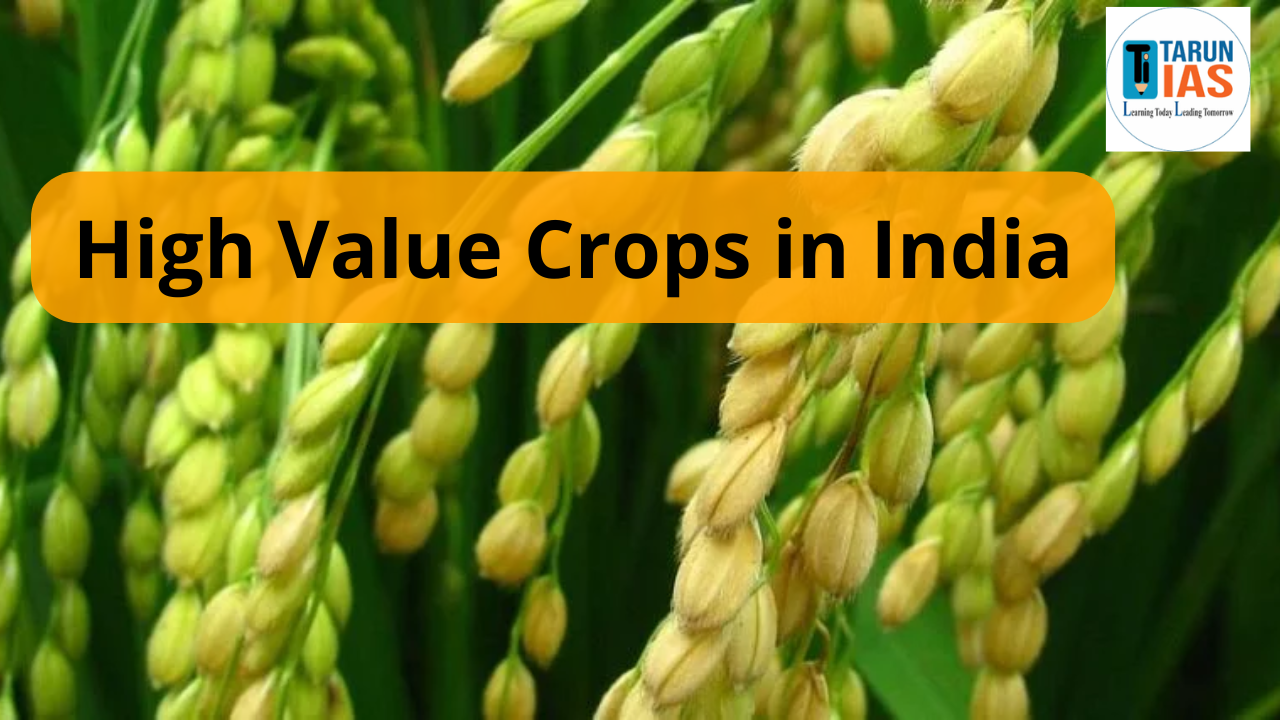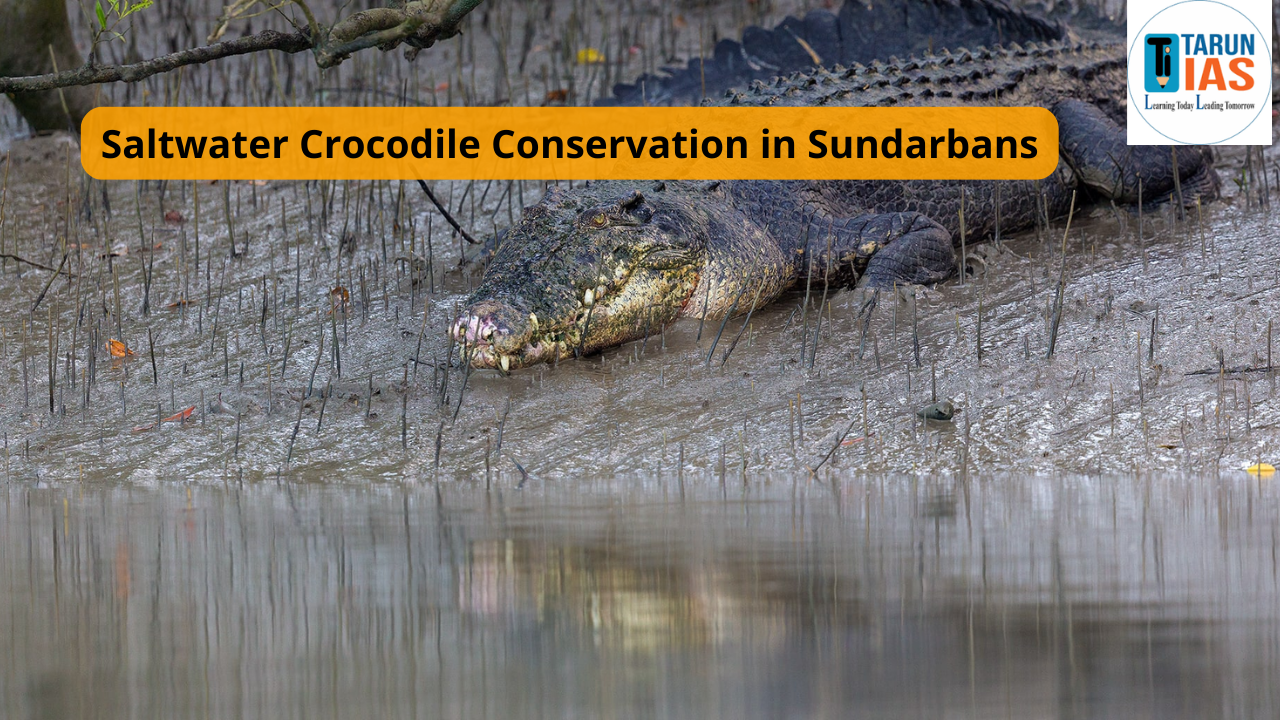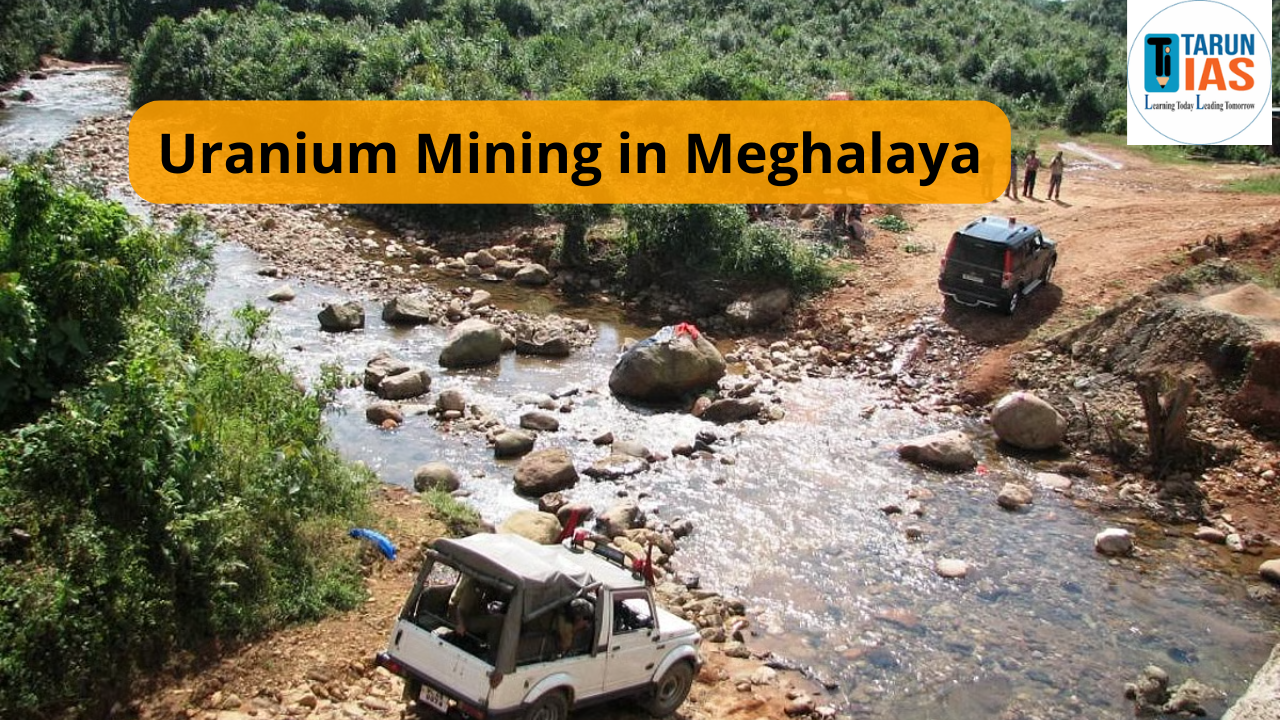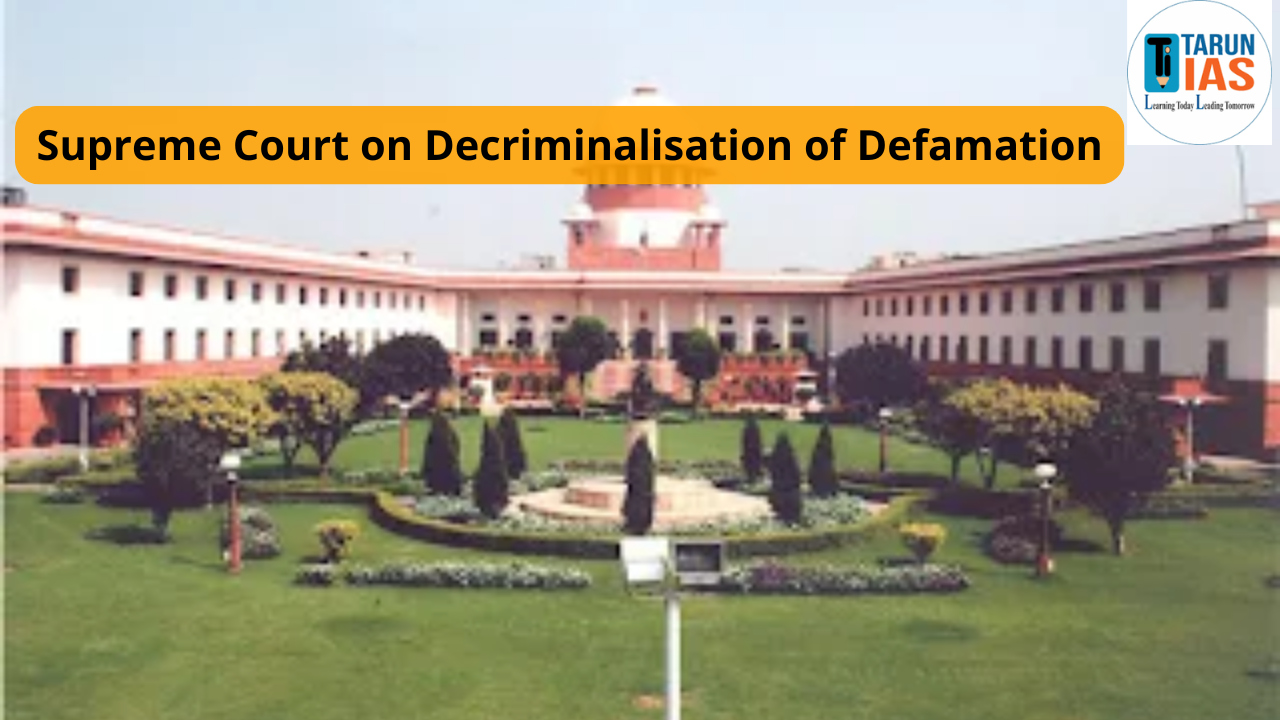Ramsar Sites in India have shown remarkable commitment to wetland conservation under the Ramsar Convention, with 91 Ramsar sites in india officially recognized as of June 2025. These ecologically significant wetland areas support biodiversity, provide livelihood opportunities, and play a vital role in climate regulation, water purification, and flood control.
India, with its diverse landscapes, is home to a remarkable array of wetland areas, many of which are recognized for their global ecological significance. These wetlands are designated as Ramsar Sites in India under the Ramsar Convention, an international treaty that emphasizes the conservation and sustainable use of wetlands. As of 2025, India has 91 Ramsar Sites in india, showcasing the country’s commitment to preserving its unique natural heritage.
What Are Ramsar Sites?
Ramsar Sites in India are wetlands of international importance designated under the Ramsar Convention, an international treaty adopted in the Iranian city of Ramsar in 1971. The convention aims to promote the conservation and sustainable use of wetlands worldwide due to their vital role in supporting biodiversity, maintaining ecological balance, and providing essential ecosystem services.
Importance of Ramsar Sites
- Ecological Value: Ramsar Sites are recognized for their unique ecosystems that support a rich variety of flora and fauna, including many rare, endangered, and migratory species. These wetlands act as breeding, feeding, and resting grounds for numerous aquatic and terrestrial species.
- Hydrological Functions: Wetlands regulate water flow, recharge groundwater, filter pollutants, and mitigate floods and droughts, contributing to the overall health of watersheds.
- Climate Regulation: Wetlands act as carbon sinks, helping to mitigate climate change by storing large amounts of carbon in their soils and vegetation.
- Livelihood Support: Many local communities depend on wetlands for fishing, agriculture, livestock, and traditional livelihoods, making their preservation crucial for socioeconomic well-being.
Ramsar Sites in India Overview
As of June 2025, India has 91 Ramsar Sites in India, marking its strong commitment to the conservation of wetlands. These sites are designated under the Ramsar Convention, an international treaty for the conservation and sustainable use of wetlands.
| Parameter | Details |
| Total Number of Ramsar Sites | 91 (as of June 2025) |
| First Ramsar Sites | Chilika Lake (Odisha) & Keoladeo NP (Rajasthan) – designated in 1981 |
| Largest Ramsar Site | Sunderbans Wetland, West Bengal (4,231 sq. km approx.) |
| Smallest Ramsar Site | Renuka Lake, Himachal Pradesh (0.2 sq. km) |
| State with Most Ramsar Sites | Tamil Nadu |
| Total Area Covered | Approx. 13,26,677 hectares |
| Governing Authority | MoEFCC, Government of India |
| Recent Additions (2025) | Khichan & Menar (Rajasthan), 4 more added on Feb 2, 2025 |
| India’s Global Rank | 3rd highest number of Ramsar Sites globally (after UK and Mexico) |
Two New Ramsar Sites in India 2025
Two new Ramsar Sites in India 2025 were added to India’s list—Khichan in Phalodi and Menar in Udaipur, Rajasthan. With these additions, India now has a total of 91 Ramsar Sites, a significant step in wetland conservation. These sites, along with the other 89, contribute to the environmental richness of the country and play a vital role in mitigating climate change.
New Ramsar Sites in India 2025
India continued its wetland conservation momentum in 2025 by adding six new Ramsar Sites, further enriching its ecological heritage and supporting global biodiversity commitments. These wetlands play a crucial role in sustaining wildlife, particularly migratory birds, and contribute to local livelihoods and climate resilience.
Ramsar Sites in India June 2025 Additions
Khichan Wetland (Phalodi), Rajasthan
Known for being a haven for migratory Demoiselle Cranes, Khichan Wetland is globally recognized for community-led bird conservation. It provides a crucial staging and wintering ground for various migratory bird species.
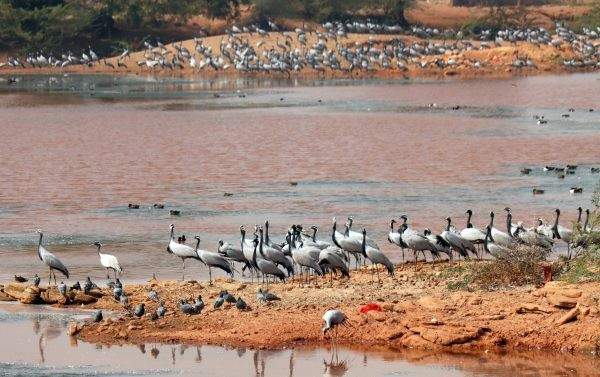
Menar Wetland (Udaipur), Rajasthan
Often referred to as the “Bird Village” of Rajasthan, Menar supports a wide diversity of waterfowl and migratory birds. Its recognition as a Ramsar Site highlights its importance in maintaining ecological balance and promoting avian biodiversity.
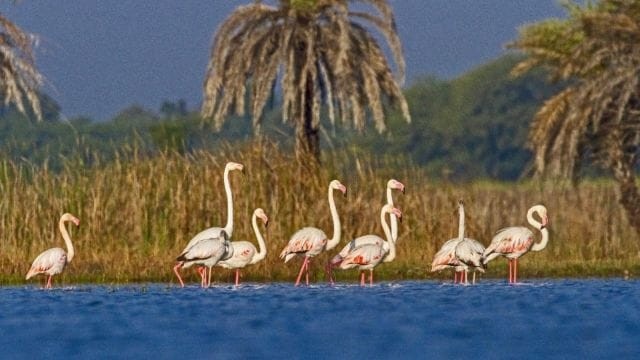
Ramsar Sites in India, February 2, 2025 Additions (World Wetlands Day)
Sakkarakottai Bird Sanctuary, Tamil Nadu
Located in the southern region, this sanctuary is rich in wetland flora and fauna, serving as a nesting ground for several resident and migratory bird species.
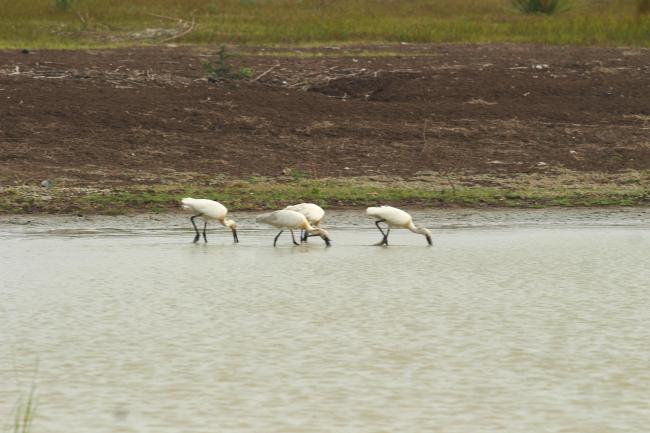
Therthangal Bird Sanctuary, Tamil Nadu
Another important avian habitat in Tamil Nadu, this sanctuary enhances the state’s Ramsar network. It plays a vital role in preserving wetland-dependent bird species and ecosystem health.
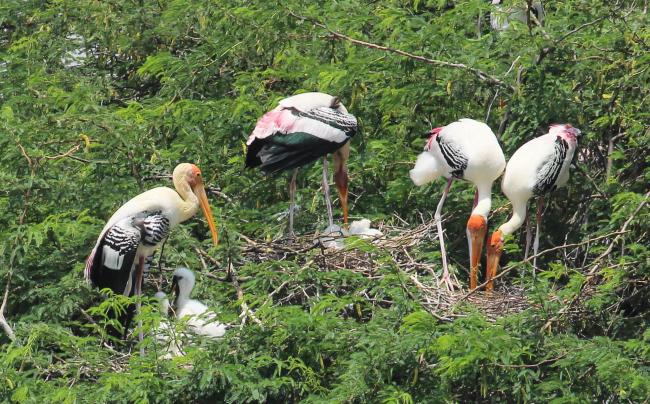
Khecheopalri Wetland, Sikkim
Local communities revere a sacred and ecologically sensitive lake in the Eastern Himalayas, Khecheopalri and supports unique high-altitude wetland biodiversity. It holds cultural as well as ecological significance.
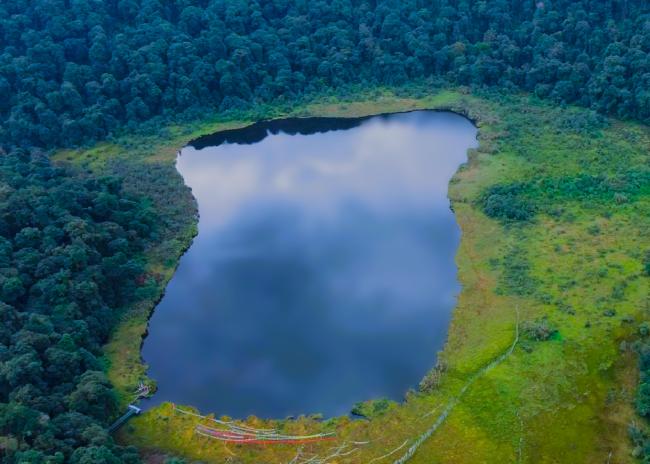
Udhwa Lake Bird Sanctuary, Jharkhand
Situated near the Ganga river basin, Udhwa Lake is Jharkhand’s first Ramsar Site. It supports a diverse range of birds and aquatic species, acting as a critical habitat in eastern India.
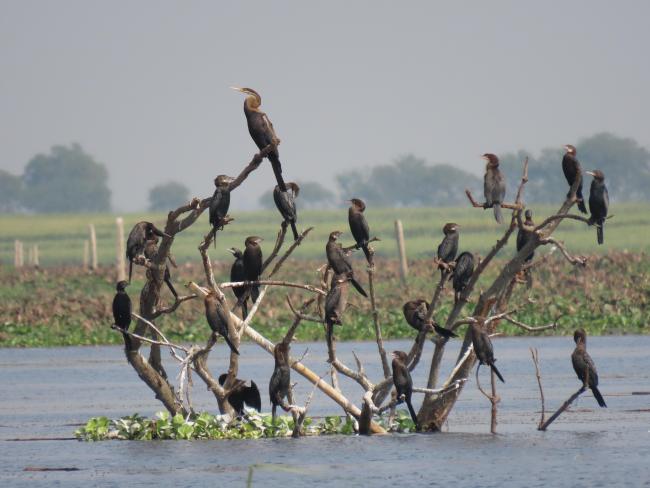
List of Ramsar Sites in India List 2025
Here is the list of total Ramsar sites in India according to their areas and states in which they are located.
| S.No. | Ramsar Site | State | Year | Area (km2) |
| 1 | Kolleru Lake | Andhra Pradesh | 2002 | 901 |
| 2 | Deepor Beel | Assam | 2002 | 40 |
| 3 | Kanwar (Kabar) Taal | Bihar | 2020 | 26.2 |
| 4 | Nanda Lake | Goa | 2022 | 0.42 |
| 5 | Khijadia WLS | Gujarat | 2021 | 6 |
| 6 | Nalsarovar BS | Gujarat | 2012 | 123 |
| 7 | Thol Lake | Gujarat | 2021 | 6.99 |
| 8 | Wadhvana Wetland | Gujarat | 2021 | 10.38 |
| 9 | Bhindawas WLS | Haryana | 2021 | 4.11 |
| 10 | Sultanpur NP | Haryana | 2021 | 142.5 |
| 11 | Chandra Taal | Himachal Pradesh | 2005 | 0.49 |
| 12 | Pong Dam Lake | Himachal Pradesh | 2002 | 156.62 |
| 13 | Renuka Lake | Himachal Pradesh | 2005 | 0.2 |
| 14 | Ranganathituu BS | Karnataka | 2022 | 5.18 |
| 15 | Magadi Kere Conservation Reserve | Karnataka | 2024 | 0.5 |
| 16 | Ankasamudra Bird Conservation Reserve | Karnataka | 2024 | 0.98 |
| 17 | Aghanashini Estuary | Karnataka | 2024 | 4.8 |
| 18 | Ashtamudi Wetland | Kerala | 2002 | 614 |
| 19 | Sasthamkotta Lake | Kerala | 2002 | 3.73 |
| 20 | Vembanad-Kol Wetland (Longest Lake in India) | Kerala | 1905 | 1512.5 |
| 21 | Bhoj Wetland | Madhya Pradesh | 2002 | 32 |
| 22 | Sakhya Sagar | Madhya Pradesh | 2022 | 2.48 |
| 23 | Sirpur wetland | Madhya Pradesh | 2022 | 1.61 |
| 24 | Yashwant Sagar | Madhya Pradesh | 2022 | 8.22 |
| 25 | Lonar Lake (Impact Crater Lake) | Maharashtra | 2020 | 4.27 |
| 26 | Nandur Madhameshwar | Maharashtra | 2019 | 14 |
| 27 | Thane Creek | Maharashtra | 2022 | 65.21 |
| 28 | Loktak Lake | Manipur | 1990 | 266 |
| 29 | Pala Wetland | Mizoram | 2021 | 18.5 |
| 30 | Ansupa Lake | Odisha | 2021 | 2.31 |
| 31 | Bhitarkanika Mangroves | Odisha | 2002 | 650 |
| 32 | Chilika Lake (Oldest Ramsar Site in India) | Odisha | 1981 | 1165 |
| 33 | Hirakud Reservoir | Odisha | 2021 | 654 |
| 34 | Satkosia Gorge | Odisha | 2021 | 981.97 |
| 35 | Tampara Lake | Odisha | 2021 | 3 |
| 36 | Beas CnR | Punjab | 2019 | 64 |
| 37 | Harike Wetland | Punjab | 1990 | 41 |
| 38 | Kanjli Wetland | Punjab | 2002 | 1.83 |
| 39 | Keshopur-Miani CmR | Punjab | 2019 | 34 |
| 40 | Nangal WLS | Punjab | 2019 | 1 |
| 41 | Ropar Wetland | Punjab | 2002 | 13.65 |
| 42 | Keoladeo National Park | Rajasthan | 1981 | 28.73 |
| 43 | Sambhar Lake | Rajasthan | 1990 | 240 |
| 44 | Chitrangudi BS | Tamil Nadu | 2021 | 2.6 |
| 45 | Gulf of Mannar Marine BR | Tamil Nadu | 2022 | 526.72 |
| 46 | Kanjirankulam BS | Tamil Nadu | 2022 | 0.96 |
| 47 | Karikili BS | Tamil Nadu | 2022 | 0.584 |
| 48 | Koonthankulam BS | Tamil Nadu | 2021 | 0.72 |
| 49 | Pallikaranai Marsh Reserve Forest | Tamil Nadu | 2022 | 12.475 |
| 50 | Pichavaram Mangrove | Tamil Nadu | 2022 | 14.786 |
| 51 | Point Calimere WLS & BS | Tamil Nadu | 2002 | 385 |
| 52 | Suchindram Theroor Wetland Complex | Tamil Nadu | 2022 | 0.94 |
| 53 | Udhayamarthandapuram BS | Tamil Nadu | 2022 | 0.44 |
| 54 | Vaduvur BS | Tamil Nadu | 2022 | 1.12 |
| 55 | Vedanthangal BS | Tamil Nadu | 2022 | 0.4 |
| 56 | Vellode BS | Tamil Nadu | 2022 | 0.77 |
| 57 | Vembannur Wetland Complex | Tamil Nadu | 2022 | 0.2 |
| 58 | Karaivetti Bird Sanctuary | Tamil Nadu | 2024 | 4.5 |
| 59 | Longwood Shola Reserve Forest | Tamil Nadu | 2024 | 1.16 |
| 60 | Rudrasagar Lake | Tripura | 2005 | 2.4 |
| 61 | Hokera Wetland | UT of JK | 2005 | 13.75 |
| 62 | Hygam Wetland CnR | UT of JK | 2022 | 8.02 |
| 63 | Shallbugh Wetland CnR | UT of JK | 2022 | 16.75 |
| 64 | Surinsar-Mansar Lakes | UT of JK | 2005 | 3.5 |
| 65 | Wular Lake | UT of JK | 1990 | 189 |
| 66 | Tso Kar (High Altitude Ramsar Site) | UT of Ladakh | 2020 | 95.77 |
| 67 | Tsomoriri (High Altitude Ramsar Site) | UT of Ladakh | 2002 | 120 |
| 68 | Bakhira WLS | Uttar Pradesh | 2021 | 28.94 |
| 69 | Haiderpur Wetland | Uttar Pradesh | 2021 | 69 |
| 70 | Nawabganj BS | Uttar Pradesh | 2019 | 2 |
| 71 | Parvati Arga BS | Uttar Pradesh | 2019 | 7 |
| 72 | Saman BS | Uttar Pradesh | 2019 | 5 |
| 73 | Samaspur BS | Uttar Pradesh | 2019 | 8 |
| 74 | Sandi BS | Uttar Pradesh | 2019 | 3 |
| 75 | Sarsai Nawar Jheel | Uttar Pradesh | 2019 | 2 |
| 76 | Sur Sarovar (Keetham Lake) | Uttar Pradesh | 2020 | 4.31 |
| 77 | Upper Ganga River (Brijghat to Narora) | Uttar Pradesh | 2005 | 265.9 |
| 78 | Asan Barrage | Uttarakhand | 2020 | 4.44 |
| 79 | East Kolkata Wetlands | West Bengal | 2002 | 125 |
| 80 | Sundarban Wetland (Largest Ramsar Site in India) | West Bengal | 2019 | 4230 |
| 81 | Nagi Bird Sanctuary | Bihar | 2009 | 791 |
| 82 | Nakti Bird Sanctuary | Bihar | 1984 | 3.33 |
| 83 | Kazhuveli Bird Sanctuary | Tamil Nadu | 2024 | 51.516 |
| 84 | Nanjarayan Bird Sanctuary | Tamil Nadu | 2024 | 1.25865 |
| 85 | Tawa Reservoir | Madhya Pradesh | 2024 | 200.50 |
| 86 | Therthangal Bird Sanctuary | Tamil Nadu | 2025 | 29.29 |
| 87 | Sakkarakottai Bird Sanctuary | Tamil Nadu | 2025 | – |
| 88 | Khecheopalri Wetland | Sikkim | 2025 | – |
| 89 | Udhwa Lake | Jharkhand | 2025 | – |
| 90 | Khichan | Rajasthan | 2025 | – |
| 91 | Menar | Rajasthan | 2025 | – |
Ramsar Sites in India List 2025 State-Wise
Here is a list of Ramsar Sites in India state-wise from the north states of Jammu Kashmir to the southern tip of Kerala. Let’s see each Ramsar site and its number.
| State/UT | No. of Sites | Names of Ramsar Sites |
| Andhra Pradesh | 1 |
|
| Assam | 1 |
|
| Bihar | 3 |
|
| Goa | 1 |
|
| Gujarat | 4 |
|
| Haryana | 2 |
|
| Himachal Pradesh | 3 |
|
| Jammu and Kashmir | 5 |
|
| Karnataka | 4 |
|
| Kerala | 3 |
|
| Ladakh | 2 |
|
| Madhya Pradesh | 5 |
|
| Maharashtra | 3 |
|
| Manipur | 1 |
|
| Mizoram | 1 |
|
| Odisha | 6 |
|
| Punjab | 6 |
|
| Rajasthan | 4 |
|
| Tamil Nadu | 20 |
|
| Tripura | 1 |
|
| Uttar Pradesh | 10 |
|
| Uttarakhand | 1 |
|
| West Bengal | 2 |
|
| Sikkim | 1 |
|
| Jharkhand | 1 |
|
India and the Ramsar Convention
The Ramsar Convention is an international treaty established in Ramsar, Iran, in 1971, aimed at the conservation and sustainable use of wetlands worldwide.
India became a part of this important global initiative by joining the convention on 1st February 1982. Since then, India has actively participated in protecting its valuable wetland ecosystems through designation and management of Ramsar Sites.
Globally, the Ramsar Convention covers over 2,466 designated Ramsar Sites, collectively spanning more than 250 million hectares of critical wetland habitats. These sites are recognized for their ecological importance, biodiversity, and role in supporting human livelihoods.
The core goals of the Ramsar Convention include:
- Conservation of wetlands to maintain their ecological character.
- Sustainable use of wetland resources to balance human needs with nature.
- International cooperation among countries to protect shared wetland ecosystems and migratory species.
Types of Wetlands in India
Ramsar Sites in India represent a diverse range of wetland ecosystems, reflecting the country’s varied geography and climate. These wetlands serve critical ecological functions—such as water purification, flood control, carbon storage, and providing habitats for countless plant and animal species.
Inland Wetlands
These are landlocked freshwater wetlands found across river basins, valleys, and plains.
- Lakes – e.g., Dal Lake (Jammu & Kashmir): A scenic high-altitude freshwater lake supporting tourism and biodiversity.
- River Floodplains – e.g., Ganga Basin Wetlands: Seasonal wetlands formed by river overflow, rich in nutrients and biodiversity.
- Swamps and Marshes – These are forested or non-forested wetlands that remain waterlogged and support amphibians, birds, and aquatic vegetation.
- Oxbow Lakes – Curved lakes formed from meandering rivers, important for birdlife and fisheries.
Coastal Wetlands
These are found along India’s long coastline, influenced by tides and salinity.
- Estuaries – e.g., Chilika Lake (Odisha): A brackish water lagoon that supports migratory birds and fish breeding.
- Mangroves – e.g., Sundarbans Wetland (West Bengal): The world’s largest mangrove forest, a UNESCO World Heritage Site, home to the Royal Bengal Tiger.
- Tidal Flats – Flat coastal areas exposed during low tide, serving as feeding grounds for shorebirds.
Human-made Wetlands
Constructed or managed wetlands that play significant roles in water conservation, agriculture, and biodiversity.
- Reservoirs – Large water bodies created for irrigation, power generation, and flood control.
- Salt Pans – e.g., Sambhar Lake (Rajasthan): Shallow wetlands used for salt extraction that also support bird populations.
- Aquaculture Ponds – Man-made ponds used for fish and shrimp farming, often attracting wetland bird species.
Conclusion
Ramsar Sites in India are a testament to the country’s ecological richness and conservation efforts. From the mangroves of the Sundarbans to the wetlands of Rajasthan, each site adds to India’s environmental heritage. The addition of new Ramsar Sites in 2025 signals India’s unwavering commitment to sustainable development and wetland protection.
Ramsar Sites in India FAQs
What are Ramsar Sites in India and why are they important?
Ramsar Sites in India are wetlands designated under the Ramsar Convention for their ecological, biodiversity, and hydrological significance. They are crucial for conserving migratory birds, aquatic life, and maintaining natural water cycles.
How many Ramsar Sites are currently recognized in India?
As of 2025, India has 91 Ramsar Sites, making it one of the top countries globally in wetland conservation.
Which state in India has the most Ramsar Sites?
Tamil Nadu has the highest number of Ramsar Sites in India, reflecting the state’s rich wetland biodiversity.
What are some of the newest Ramsar Sites in India added in 2025?
In 2025, India added several new Ramsar Sites, including Khichan Wetland and Menar Wetland in Rajasthan, and others like Khecheopalri Wetland in Sikkim and Udhwa Lake Bird Sanctuary in Jharkhand.
How do Ramsar Sites in India contribute to climate change mitigation?
Ramsar Sites in India play a vital role in climate regulation by acting as carbon sinks, controlling floods, purifying water, and supporting biodiversity that enhances ecosystem resilience.







